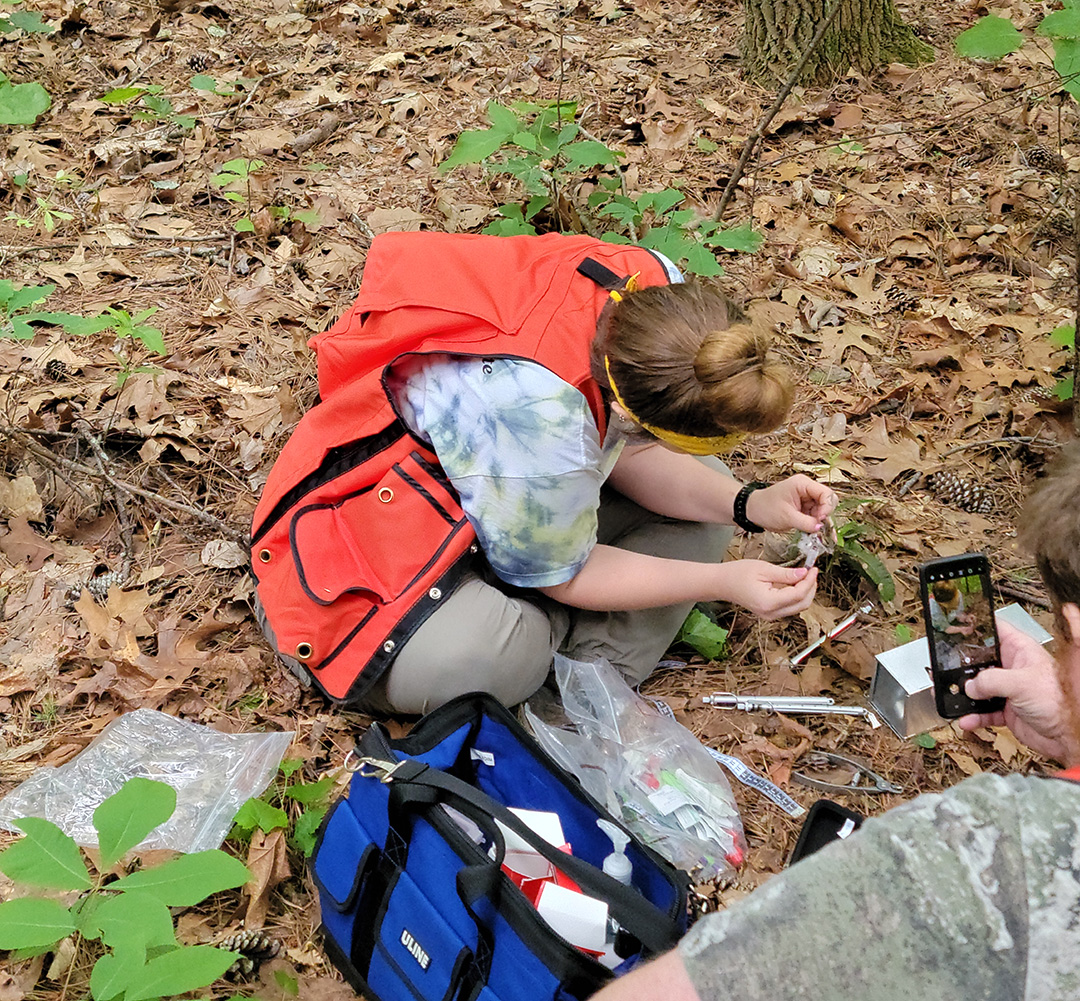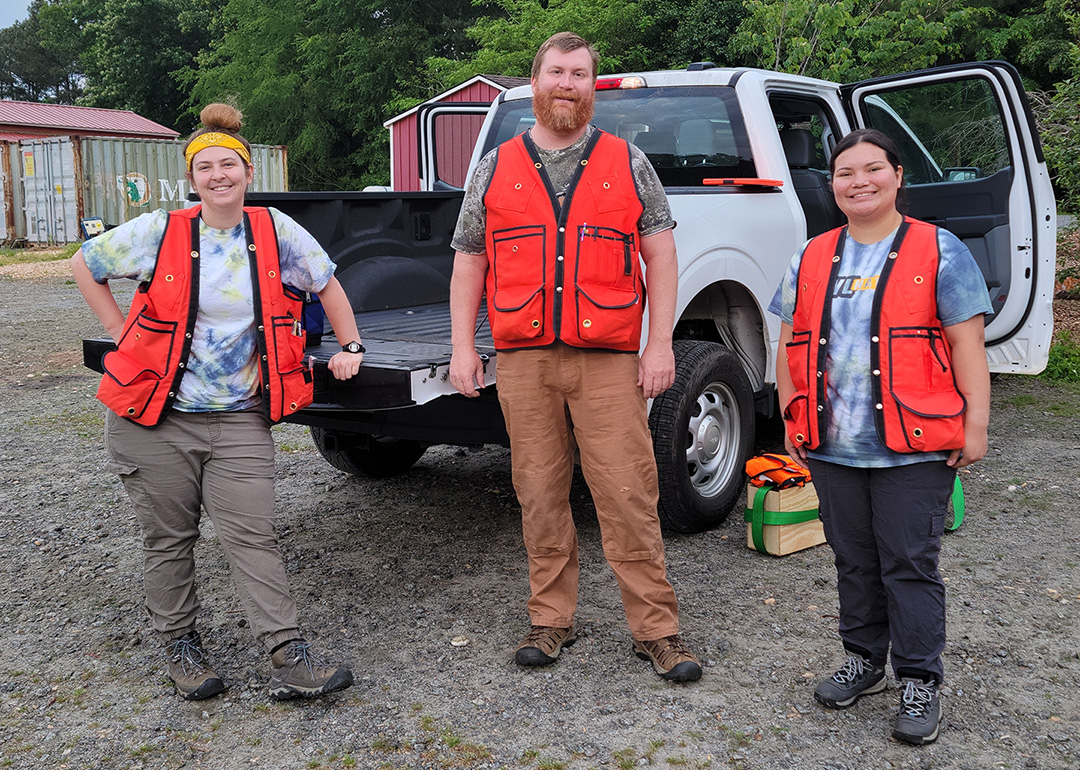Talon’ted Graduate Researcher - Brianna Casement
KENNESAW, Ga. (June 1, 2023) — Brianna Casement is a graduate student pursuing a master’s degree in integrative biology and is working in Dr. Nicholas Green’s lab, which is housed in the College of Science and Mathematics at Kennesaw State University.
Casement is currently studying the urbanization of small mammals, but particularly the effect of differences in the environment.
Q: What is your hometown and high school?
A: I'm from North Ridgeville, Ohio, and I went to North Ridgeville High School.
Q: What is your major and class year?
A: I am a first-year graduate student getting my master’s degree in integrated biology, so I'm in the MSIB program.
Q: What motivated you to pursue your specific degree, and how long does the degree take?
A: I want to go to a PhD program, and getting my master’s degree makes me a better candidate. The master’s degree at KSU is two years, so my intended graduation date is May 2024.
Q: What led you to your decision to choose KSU?
A: I found a position posting for Dr. Nick Green’s lab and read about the research he was doing, and it sounded super interesting; so, I reached out to him. Ultimately, what sealed the deal was being accepted as his student.
 Q: What is the research project?
Q: What is the research project?
A: We are working on urbanization of small mammals. I specifically am looking at spatial and environmental differences between urban fragments and rural fragments.
So, we go out to different field sites with different degrees of urbanization, and we sample small mammals in these different settings. We’re trying to find out what aspect of these fragments are having the most effect on small mammal diversity and richness.
Q: What does an average day look like for you working on this?
A: We start our field work around 7 a.m., so we'll get to the field site early to check the traps, but we also go out in the evenings, usually around 5 p.m., to set the traps. There are between 150 and 200 traps. They’re these small little metal boxes that we put a mix of birdseed and various grains into as bait, and then we set them out in their designated places in the evening.
We go back in the morning around 7 a.m. and check if the trap has caught anything. If there is an animal inside, we identify what species they are, we check if they have a tag indicating that they are a recapture and take various measurements. We do that for around 160 traps and then repeat it for five days.
Q: Why is this important?
A: It's important because we are sampling the different diversity of these animals that are present in urban environments, which means many of these species are invasive. So, it's good to get a good number of how many invasive species we have in different areas, and it's also important to monitor the native species to see if they're declining or if they're maintaining a stable population.
Q: What advice would you give to any students who would be starting research or are interested in starting research but don't know how?
A: I would say the biggest thing is to keep trying. When I graduated from my undergrad, it took me almost two years to get into graduate school. A lot of applications, a lot of reaching out and talking to the void, and not hearing anything back, but I just kept trying and kept going and eventually everything worked out and I ended up here.
Q: What do you see as the future for this project that you're currently working on?
A: I know my advisor wants to keep this as an ongoing project, so in the future he's hoping to expand this to more cities and the metro Atlanta area, but even further as time goes on.
Q: What has been your greatest personal challenge in your academic career?
A: Definitely statistics and coding, but I’m learning! I’m making progress.













